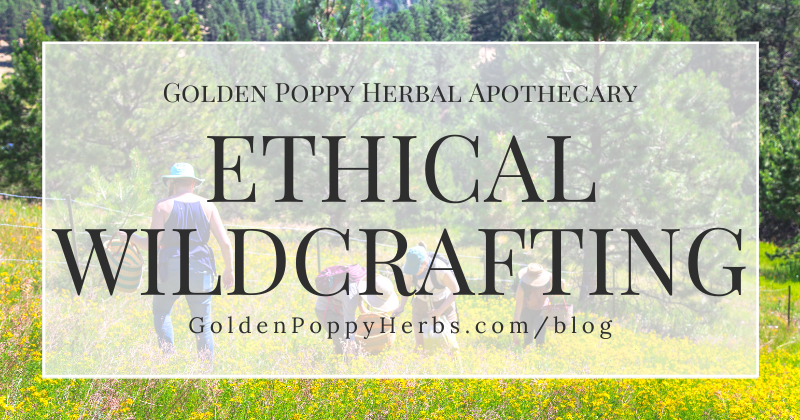
Come on a walk with us.
Even in our world made up of concrete and asphalt, skyscrapers and bustling vehicles, wildness still occurs.
Today we want to take a walk with you, through your neighborhood, and while we do, we ask you to take notice. What wildness do you see?
Do you see the squirrels chasing their tails as they wind themselves up the oak tree you pass by?
Do you see the plantain, an incredibly medicinal little weed, growing in your neighbor’s driveway? How about the dandelions that continue to rise up despite the perfectly manicured lawn that surrounds it?
Perhaps you see the bumblebee, buzzing through the yarrow bundles that stand tall next to rose hedges and day lillies of front yard gardens. Did you know that that small bee probably traveled almost 3 miles to be in your view today?
If you listen closely, you can hear the soft screechings of hungry baby birds, snuggled up in their nests, excited for their mother’s return.
If you look closely, perhaps you notice the very wheel of life occurring within the same space – new sprouts rising up from the earth, while at the same time the plants that dominated spring are slowly fading away to make room for what is to come.
In this month’s post, we will discuss how to connect with the wild plants that surround us, however, we wanted to invite you to start with this exercise to understand that “wildness” never truly goes away. We are guests on this planet, and while we may have built cities, the cycles of nature that have existed far before us in time will continue on even long after we are gone. We invite you to sit with and ponder this thought, and to know that you do not have to venture far to truly connect with nature.

What is Wildcrafting?
Wildcrafting, while often thought of as a fancier word for foraging or harvesting plants from the wild or undeveloped places, is so much more than that.
Wildcrafting encompasses cultivating a relationship with the plant itself and the ecosystem that surrounds it. It is also understanding the role of ourselves and the part we play in stewarding the land. In nature, everything exists in a balance, and while we may have been invited to participate and receive gifts from the wild, we must also never forget that we are guests and have a duty to return the favor.
“You never take more than you can use to survive on Mother Earth. You always respect the plants, because, without them, we wouldn’t be here. And you always give back. So when we harvest these plants, we develop relationships with them.” – Craig Torres (quoted in the book Wild Remedies by Rosalee de la Forêt and Emily Han).
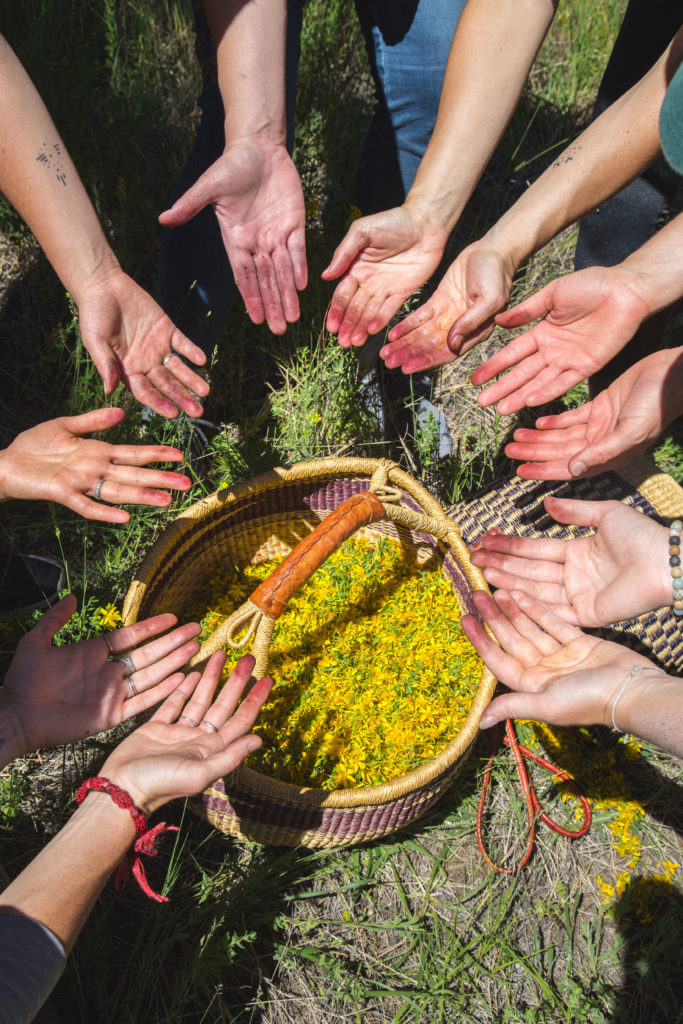
Benefits of Wildcrafting
Beyond connecting us with nature and our surroundings, there are unique benefits to getting outdoors and harvesting wild plants.
When we consume plants, their very essence and most innate properties are transferred to our bodies. Unlike cultivated or domesticated plants, where the environments are more controlled and conditions are carefully curated to better ensure their growth, wild plants are hardened by nature. Wild plants go back to basics – meaning that only the strongest survive. This means that the plants we have the opportunity to harvest are the most genetically sound, and have adapted and evolved to meet the challenges presented by their environment. Therefore, when we consume these plants or utilize them, these very properties of adaptability and resilience are transferred to us, to help our bodies heal in more profound ways.
Wildcrafting is also an educational experience. Many of us oftentimes are not aware of the essence of the ecosystem we are a part of. Learning to forage helps us better identify what plants are native to our area – long-standing ancestors of the land, and those that are more recent. We learn how all things are interconnected, from the smallest sprout to the tallest tree, and how all aspects of nature partake in a delicate dance of symbiosis and competition to create harmony and balance.
Indigenous Knowledge
Unless you are of Native descent, chances are your people were not the original keepers of plant knowledge where you live, and it’s vital that we acknowledge the Indigenous people who lived on this land before us who gave their knowledge to settlers.
When settlers and colonizers arrived, the Indigenous people welcomed them and taught them the ways of this place; where the streams were, which plants to use for food and medicine, and how to find the game for meat. As the colonizers took over and pushed the Indigenous people onto reservations and away from their ancestral homes, the fact that the knowledge of how to live in these places came from them was also pushed from our collective memory.
If you are going to be wildcrafting, before you go find out which tribes lived there before, and find out how they honored the plants when harvesting them, and then do the same to honor their ancestors.
If you are going to be selling and profiting from those wildcrafted plants, then it’s also a good idea to then donate a portion of your profits to the descendants of the original people, as a way to say thanks and pay reparations for the knowledge you have been given.
Alaska Native Adrienne Blatchford has this to say :
Alaska friends, some reminders for people that are picking berries and foraging plants on Indigenous land. I share these because First people have been great cultivators since time immemorial, leaving little to no footprint and have maintained a healthy eco-system while doing so. Please honor the lands where ever you are as if they were the lands your Ancestors have turned to dust and become a part of.
- Before you head out, never say I’m going to get….or catch…or pick lots….say I’m hopeful. I hope that we are blessed with a bountiful harvest or catch. We have a spiritual symbiotic relationship with the land, waters and what they provide, they hear your spirit. We are taught not to be boastful about the bounties from the land.
- thank the berries and plants as you harvest them. Let them know you are nourishing your body or using them for medicine, feeding your family, helping elders. They hear you and will come back to offer themselves. That symbiotic relationship again. Permission and consent. They give themselves to you. Your good luck (wierd word) will continue to also be bountiful when you respect the land and what is given to you.
- leave a small offering before or when finished with your harvest, different areas practice this. A bead, tobacco, a piece of candy, a rock. Something to let the others out there know you are thankful for their guidance, the land your appreciation for your offering from them. We stick it under the tundra or a rock, lots of stories around that too.
- make sure you share a portion of your first harvest with an elder or single parent household or with someone who has a hard time getting on the land. When you help take care of our community, it will take care of you.
(Read her entire post on Facebook here)
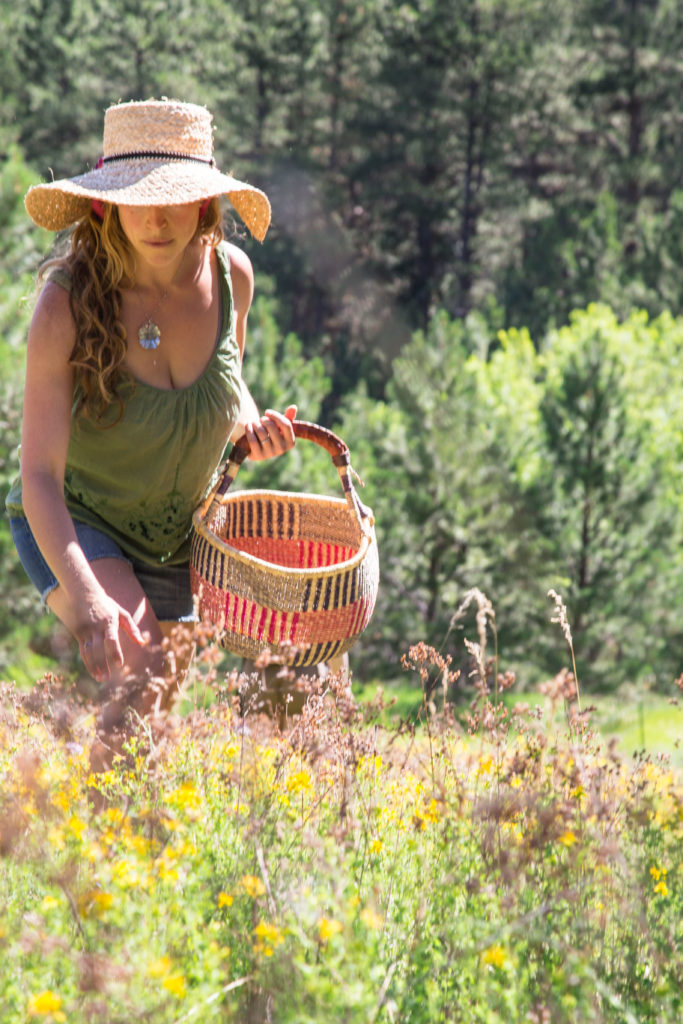
Wildcrafting Ethically
We have emphasized the importance of understanding the balance of nature and that we are invited guests. We have a responsibility to give back to nature, just as much as it gives gifts to us. When we approach nature, we should approach with a perspective of stewardship.
What is stewardship? Stewardship is defined as “the job of supervising or taking care of something, such as an organization or property.” In the context of wildcrafting, stewardship means ensuring the continued vitality and sustainability of the ecosystem we are harvesting from.
Overharvesting is a real problem in wildcrafting. Medicine from nature is truly a gift, and an exciting one, but we must recognize that taking too much can be detrimental to the ecosystem, and can even result in the loss of species. As more people discover the magic of foraging, and are welcomed to it, the importance of doing so ethically must be stressed more than ever.
Tips for Wildcrafting Ethically:
Cultivate a Relationship with Plants
Can you ever truly understand someone without knowing their name or their story? Of course not! Plants are the same way. We cannot truly connect with their medicine if we do not understand the foundation of the plants we are working with. Get to know the plants you are foraging – study them, read about them, get to know their botanical makeup. Spend time with them before harvesting and really assess them – what is the shape of their leaves? Do you notice color variations? What type of soil do they grow in? What plants grow around them? Learn their name – do they have nicknames? What is their scientific name? Ask many questions!
Do Your Research
Remember that every ecosystem varies, even those local to you. What may grow abundantly in another part of your country, or even another part of your county, may not grow as abundantly outside your back door. Matter of factly, something that may grow abundantly locally may be endangered in another area. Take the time to research impacts on the plant you are seeking to harvest and be informed before you leave your home.
Additionally, take time to research plants that have sacred connections, especially to people who are indigenous and original stewards of the land. With such things as the rise in interest in plant medicine and using plants as a means of spirituality, this has led to overharvesting of sacred wild plants integral to indigenous culture. By conducting research effectively, you can avoid causing harm in this way.
We also encourage you to be wary when purchasing wildcrafted plants, and to make sure the plants you purchase are harvested in an ethical and sustainable manner, and to take care to avoid purchasing plants that are endangered if you can.
Ask Permission
This may be one of the most important steps when wildcrafting and in further cultivating a relationship with plants. Before harvesting, we should ask permission to harvest a plant. Plants too are sentient beings. This is truly as simple as it seems, all you have to do is simply ask permission aloud to the plant you wish to harvest. You will receive an answer, likely through your intuition. As mentioned by herbalist Asia Suler of One Willow Apothecaries, oftentimes, if you feel drawn to a particular plant, it is for a reason, and it is likely you will receive a yes. If that is the case, express gratitude to the plant for its offering as you harvest. However, sometimes you may receive a no, and often it is for good reason. Perhaps that plant is struggling with a disease that may not be readily apparent on the surface. Perhaps the plant is vitally important to the plants growing around it, and removal of it would disrupt the symbiotic relationship it currently exists within. If you receive a no, again express gratitude for having the opportunity to connect with the plant and move on to another day.
Give a Gift
A final step of wildcrafting ethically is to return the favor. What can you do to be a good steward? Can you gift the plant with water from your water bottle? Do you notice invasive plants that may be impacting the ecosystem that can be removed? Perhaps you can leave something personal from you, such as a stone or some other offering that you feel is special. Always remember to say thank you for the gift you received.
“If we choose to use plants as our medicine, we then become accountable for the wild gardens, their health, and their upkeep. We begin a co-creative partnership with the plants, giving back what we receive – health, nourishment, beauty, and protection.” – Rosemary Gladstar (quoted in the book Wild Remedies by Rosalee de la Forêt and Emiy Han)
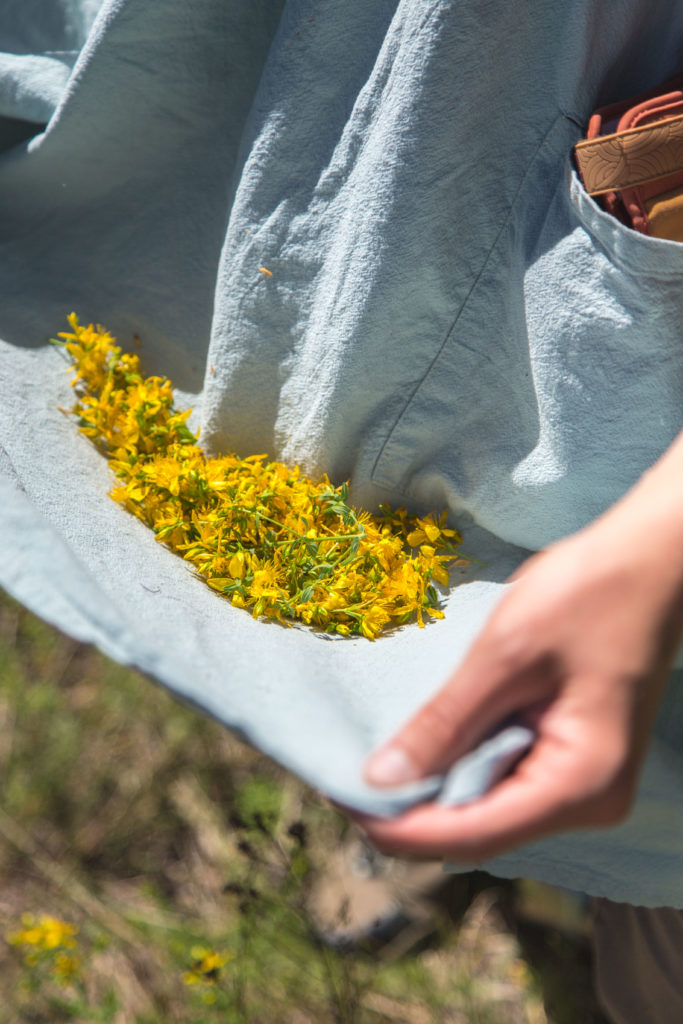
We warmly wish you well as you embark on a journey to discover the wild plants that exist around us. Here in the Rocky Mountains, we are blessed with a multitude of wild, medicinal gifts that grow abundantly. However, we strongly urge you to always be sure of the identification and proper uses of plants before consuming them and to always adequately prepare before you head off foraging. Pack sun protection, plenty of water and snacks, and always tell someone where you are going!
To help jumpstart your journey, we offer plant walks each summer. Keep a watch on our website or sign up for our newsletter to find out when these are offered!
Sources:
- Lexico. “Definition of stewardship in English.” New Oxford American Dictionary. 2020. https://www.lexico.com/en/definition/stewardship
- Forêt, R. D., & Han, E. (2020). Wild remedies: How to forage healing foods and craft your own herbal medicine. Carlsbad, CA: Hay House.
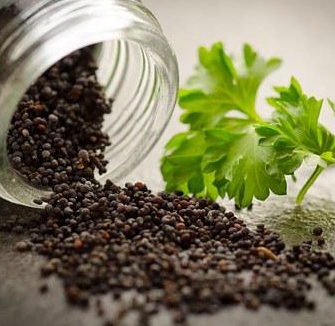
Don’t Miss a Thing!
Enter your email below to be the first to know about sales, new products and tips for taking care of your pieces.

